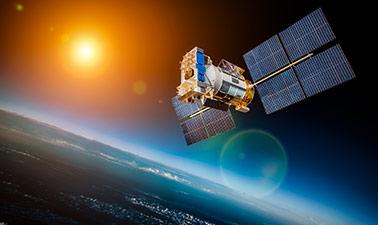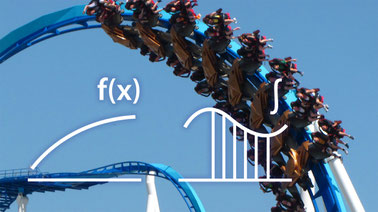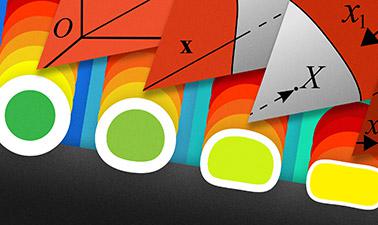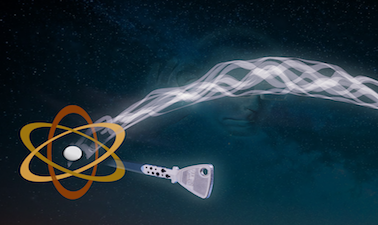The online Doppler effect simulations on this page allow us to better understand the scientific basis of this important phenomenon.
The Doppler effect is a phenomenon that occurs when there is a change in the perceived frequency of a wave due to relative motion between the source of the wave and the observer. This effect can be observed in different types of waves, such as sound and light, and plays an important role in various fields of study, from astronomy to medicine.
The Doppler effect is based on the idea that when a wave source approaches an observer, the waves are compressed, resulting in an increase in the perceived frequency. On the other hand, when the source moves away, the waves elongate, resulting in a decrease in the perceived frequency. This is because the relative motion between the source and the observer affects the wavelength of the wave.
In the case of sound, the Doppler effect can often be experienced when listening to an ambulance siren or police car rapidly approaching and then moving away. As the vehicle approaches, the sound appears to be higher pitched, with a higher frequency, and as it moves away, the sound appears to be lower pitched, with a lower frequency.
In astronomy, the Doppler effect is used to determine the motion of stars and galaxies. By observing the redshift or blueshift of the spectral lines of light emitted by these celestial objects, scientists can infer whether they are moving away from or toward the Earth, as well as determine their relative velocity.
In medicine, the Doppler effect is used in techniques such as Doppler ultrasound, which makes it possible to visualize and analyze blood flow in the human body. By using ultrasound waves, the change in the return frequency of the waves reflected by the moving red blood cells can be measured. This provides valuable information about the state and speed of blood flow in specific blood vessels.
In short, these online Doppler effect simulations will show you in a simple way what this important scientific phenomenon is all about. Don’t miss them!
Explore the exciting STEM world with our free, online simulations and accompanying companion courses! With them you'll be able to experience and learn hands-on. Take this opportunity to immerse yourself in virtual experiences while advancing your education - awaken your scientific curiosity and discover all that the STEM world has to offer!
- Ambulance
- Effect
Ambulance siren
When an ambulance approaches the sound of its siren becomes higher pitched, i.e. its wavelength decreases, and when it moves away it becomes lower pitched, i.e. its wavelength increases. A similar effect occurs with light. When a star moves away the wavelength of its light increases. Check the difference in the sound of the siren when the ambulance is approaching and when it is moving away.
Doppler effect and redshift
When a star moves away, the wavelength of its light becomes longer, which causes its emission spectrum to approach red frequencies, producing an effect known as redshift. Check in our simulation what happens when the star is moved closer or farther away.
Earth Sciences courses


Sensing Planet Earth – From Core to Outer Space



Our Global Ocean – An Introduction Course



The History of Ancient Environments, Climate, and Life



Introduction to Deep Earth Science



The Radio Sky II: Observational Radio Astronomy



The Radio Sky I: Science and Observations



Our Place in the Universe

Other courses


Pre-University Chemistry



Fat Chance: Probability from the Ground Up



Remote Sensing of Wildfires



Circuits for Beginners



Chemical Thermodynamics I: Thermodynamics and Statistical Mechanics


Sustainable Energy



Cavity Quantum Optomechanics



The Physics of Electronic Polymers (PEP)


















